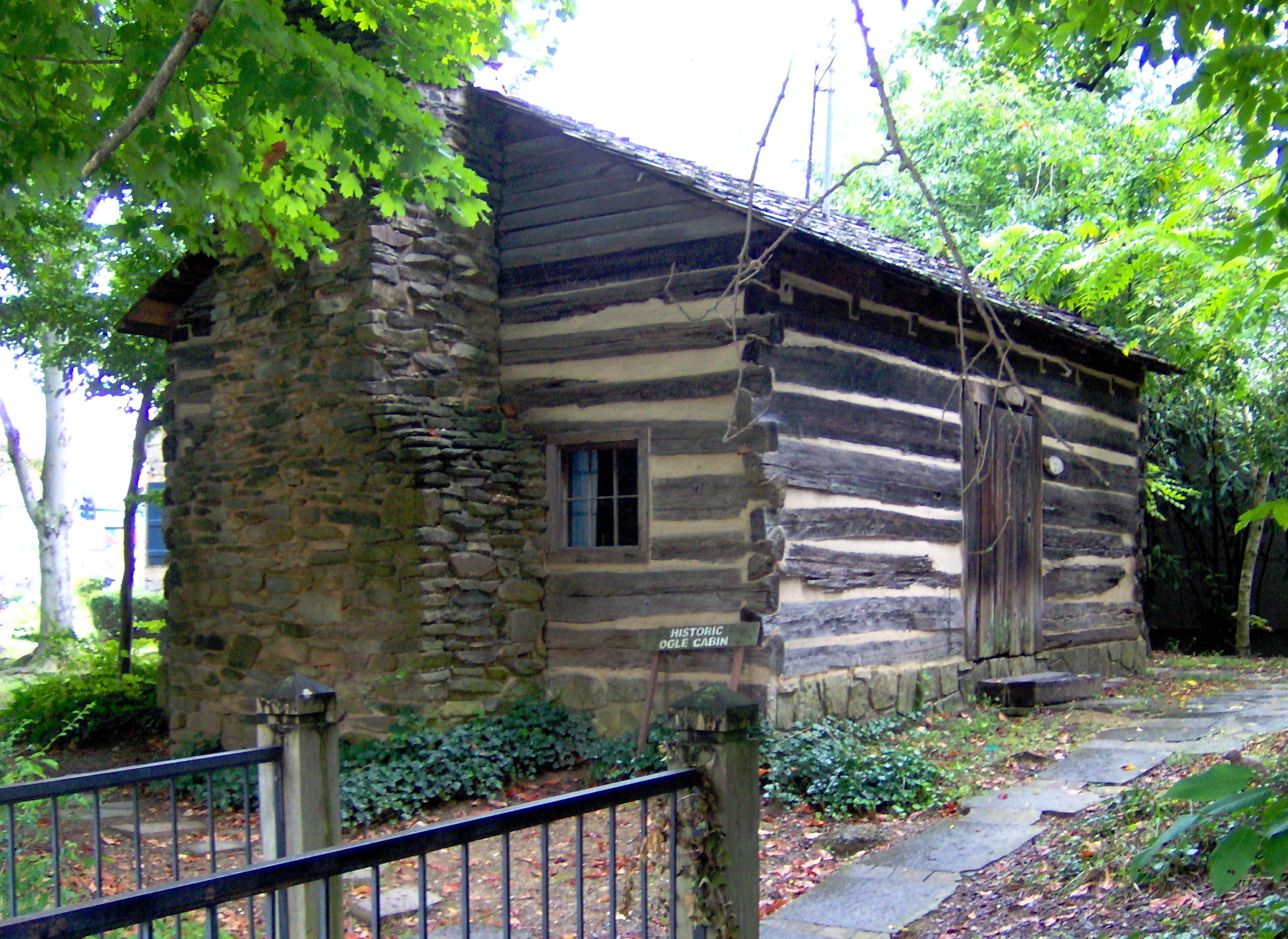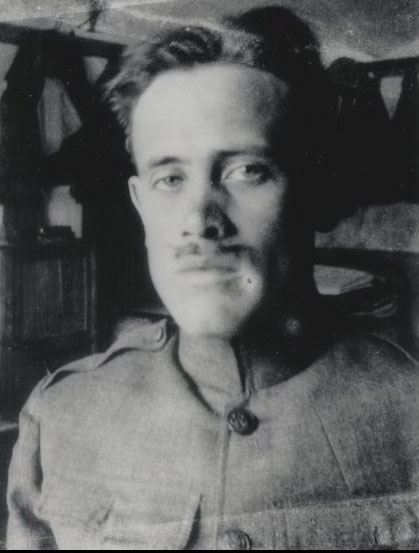|
The Coventry Carol
The "Coventry Carol" is an English Christmas carol dating from the 16th century. The carol was traditionally performed in Coventry in England as part of a mystery play called '' The Pageant of the Shearmen and Tailors''. The play depicts the Christmas story from chapter two in the Gospel of Matthew: the carol itself refers to the Massacre of the Innocents, in which Herod ordered all male infants under the age of two in Bethlehem to be killed, and takes the form of a lullaby sung by mothers of the doomed children. The music contains a well-known example of a Picardy third. The author is unknown; the oldest known text was written down by Robert Croo in 1534, and the oldest known setting of the melody dates from 1591. There are alternative, modern settings of the carol by Kenneth Leighton and another by Philip Stopford. History and text The carol is the second of three songs included in the Pageant of the Shearmen and Tailors, a nativity play that was one of the Coventry Myste ... [...More Info...] [...Related Items...] OR: [Wikipedia] [Google] [Baidu] |
Cornelis Van Haarlem
Cornelis Corneliszoon van Haarlem (1562 – 11 November 1638) was a Dutch Golden Age painter and draughtsman, one of the leading Northern Mannerist artists in the Netherlands, and an important forerunner of Frans Hals as a portraitist. Biography Born in Haarlem, Cornelis Corneliszoon was a pupil of Pieter Pietersz in Haarlem, and later Gillis Coignet in Antwerp.Cornelis Cornelisz. van Haarlem in the RKD He is known among art historians as a member of the Haarlem Mannerists, who were highly influenced by the work of |
Nativity Play
A Nativity play or Christmas pageant is a play which recounts the story of the Nativity of Jesus. It is usually performed at Christmas, the feast of the Nativity. Liturgical The term "Nativity Drama" is used by Wellesz in his discussion of the ''troparion'' hymns in the Christmas liturgy of Byzantine Rite Churches, from Sophronius in the seventh century. Goldstein argues that the label "drama" is misleading, that the ''troparia'' are more akin to an oratorio than a play, and that the form is not a precursor of later more decidedly dramatic forms. Saint Francis of Assisi performed Midnight Mass in Greccio on Christmas Eve 1223 in front of a life-size nativity scene (crib or creche) built by Giovanni Velita, with live animals. This is sometimes credited as the first Nativity play. However, more formal Nativity plays have featured in Christian worship since medieval mystery plays. The 12th to 19th pageants of the 48-play York Mystery Cycle showcase the Nativity stories. Howe ... [...More Info...] [...Related Items...] OR: [Wikipedia] [Google] [Baidu] |
Shape Note
Shape notes are a musical notation designed to facilitate congregational and social singing. The notation, introduced in late 18th century England, became a popular teaching device in American singing schools. Shapes were added to the noteheads in written music to help singers find pitches within major and minor scales without the use of more complex information found in key signatures on the staff. Shape notes of various kinds have been used for over two centuries in a variety of music traditions, mostly sacred music but also secular, originating in New England, practiced primarily in the Southern United States for many years, and now experiencing a renaissance in other locations as well. Nomenclature Shape notes have also been called character notes and patent notes, respectfully, and buckwheat notes and dunce notes, pejoratively. Overview The idea behind shape notes is that the parts of a vocal work can be learned more quickly and easily if the music is printed ... [...More Info...] [...Related Items...] OR: [Wikipedia] [Google] [Baidu] |
Gatlinburg, Tennessee
Gatlinburg is a mountain resort city in Sevier County, Tennessee, United States. It is located southeast of Knoxville and had a population of 3,944 at the 2010 Census and a U.S. Census population of 3,577 in 2020. It is a popular vacation resort, as it rests on the border of Great Smoky Mountains National Park along U.S. Route 441, which connects to Cherokee, North Carolina, on the southeast side of the national park. Prior to incorporation, the town was known as White Oak Flats, or just simply White Oak. History Early history For centuries, Cherokee hunters, as well as other Native American hunters before them, used a footpath known as Indian Gap Trail to access the abundant game in the forests and coves of the Smokies. This trail connected the Great Indian Warpath with Rutherford Indian Trace, following the West Fork of the Little Pigeon River from modern-day Sevierville through modern-day Pigeon Forge, Gatlinburg, and the Sugarlands, crossing the crest of the Smokies ... [...More Info...] [...Related Items...] OR: [Wikipedia] [Google] [Baidu] |
John Jacob Niles
John Jacob Niles (April 28, 1892 – March 1, 1980) was an American composer, singer and collector of traditional ballads. Called the "Dean of American Balladeers," Niles was an important influence on the American folk music revival of the 1950s and 1960s, with Odetta, Joan Baez, Burl Ives, Peter, Paul and Mary and Bob Dylan, among others, recording his songs. Biography Born in Louisville, Kentucky, Niles learned music theory from his mother, and began writing down folk music as a teenager. He became a serious student of Appalachian folk music by transcribing traditional songs from oral sources while an itinerant employee of the Burroughs Corporation in eastern Kentucky, from 1910 to 1917. After serving in the United States Army Air Service, U.S. Army Air Service during World War I, in which he was injured, he studied music in France, first in Lyon, then in Paris at the Schola Cantorum, also meeting Gertrude Stein. Returning to the United States in 1920, he continued his studie ... [...More Info...] [...Related Items...] OR: [Wikipedia] [Google] [Baidu] |
Walford Davies
Sir Henry Walford Davies (6 September 1869 – 11 March 1941) was an English composer, organist, and educator who held the title Master of the King's Music from 1934 until 1941. He served with the Royal Air Force during the First World War, during which he composed the ''Royal Air Force March Past'', and was music adviser to the BBC, British Broadcasting Corporation, for whom he gave commended talks on music between 1924 and 1941. Life and career Early years Henry Walford Davies was born in the Shropshire town of Oswestry close to the England–Wales border, border with Wales. He was the seventh of nine children of John Whitridge Davies and Susan, ''née'' Gregory, and the youngest of four surviving sons.Dibble, Jeremy"Davies, Sir (Henry) Walford (1869–1941)" ''Oxford Dictionary of National Biography'', Oxford University Press, online edition, January 2011, retrieved 6 December 2015 It was a musical family: Davies senior, an accountant by profession was a keen amateur musi ... [...More Info...] [...Related Items...] OR: [Wikipedia] [Google] [Baidu] |
Gramophone (magazine)
''Gramophone'' is a magazine published monthly in London, devoted to classical music, particularly to reviews of recordings. It was founded in 1923 by the Scottish author Compton Mackenzie who continued to edit the magazine until 1961. It was acquired by Haymarket in 1999. In 2013 the Mark Allen Group became the publisher. The magazine presents the Gramophone Awards each year to the classical recordings which it considers the finest in a variety of categories. On its website ''Gramophone'' claims to be: "The world's authority on classical music since 1923." This used to appear on the front cover of every issue; recent editions have changed the wording to "The world's best classical music reviews." Its circulation, including digital subscribers, was 24,380 in 2014. Listings and the ''Gramophone'' Hall of Fame Apart from the annual Gramophone Classical Music Awards, each month features a dozen recordings as Gramophone Editor's Choice (now Gramophone Choice). Then, in the an ... [...More Info...] [...Related Items...] OR: [Wikipedia] [Google] [Baidu] |
False Relation
A false relation (also known as cross-relation, non-harmonic relation) is the name of a type of dissonance that sometimes occurs in polyphonic music, most commonly in vocal music of the Renaissance. The term describes a "chromatic contradiction" between two notes sounding simultaneously (or in close proximity) in two different voices or parts; or alternatively, in music written before 1600, the occurrence of a tritone between two notes of adjacent chords. In the above example, a chromatic false relation occurs in two adjacent voices sounding at the same time (shown in red). The tenor voice sings G while the bass sings G momentarily beneath it, producing the clash of an augmented unison. In this instance, the false relation is less pronounced: the contradicting E (soprano voice) and E (bass voice) (diminished octave) do not sound simultaneously. Here the false relation occurs because the top voice is descending in a minor key, and therefore takes the notes of the melodic mino ... [...More Info...] [...Related Items...] OR: [Wikipedia] [Google] [Baidu] |
World War II
World War II or the Second World War, often abbreviated as WWII or WW2, was a world war that lasted from 1939 to 1945. It involved the vast majority of the world's countries—including all of the great powers—forming two opposing military alliances: the Allies and the Axis powers. World War II was a total war that directly involved more than 100 million personnel from more than 30 countries. The major participants in the war threw their entire economic, industrial, and scientific capabilities behind the war effort, blurring the distinction between civilian and military resources. Aircraft played a major role in the conflict, enabling the strategic bombing of population centres and deploying the only two nuclear weapons ever used in war. World War II was by far the deadliest conflict in human history; it resulted in 70 to 85 million fatalities, mostly among civilians. Tens of millions died due to genocides (including the Holocaust), starvation, massa ... [...More Info...] [...Related Items...] OR: [Wikipedia] [Google] [Baidu] |
Coventry Blitz
The Coventry Blitz ( blitz: from the German word ''Blitzkrieg'' meaning "lightning war" ) or Coventration of the city was a series of bombing raids that took place on the British city of Coventry. The city was bombed many times during the Second World War by the German Air Force (''Luftwaffe''). The most devastating of these attacks occurred on the evening of 14 November 1940 and continued into the morning of 15 November. Background At the start of the Second World War, Coventry was an industrial city of around 238,000 people which, like much of the industrial West Midlands, contained metal and wood-working industries. In Coventry's case, these included cars, bicycles, aeroplane engines and, since 1900, munitions factories. In the words of the historian Frederick Taylor, "Coventry was therefore, in terms of what little law existed on the subject, a legitimate target for aerial bombing". During the First World War, the advanced state of the mechanical tooling in ... [...More Info...] [...Related Items...] OR: [Wikipedia] [Google] [Baidu] |
Renaissance News
The Renaissance ( , ) , from , with the same meanings. is a period in European history marking the transition from the Middle Ages to modernity and covering the 15th and 16th centuries, characterized by an effort to revive and surpass ideas and achievements of classical antiquity. It occurred after the Crisis of the Late Middle Ages and was associated with great social change. In addition to the standard periodization, proponents of a "long Renaissance" may put its beginning in the 14th century and its end in the 17th century. The traditional view focuses more on the early modern aspects of the Renaissance and argues that it was a break from the past, but many historians today focus more on its medieval aspects and argue that it was an extension of the Middle Ages. However, the beginnings of the period – the early Renaissance of the 15th century and the Italian Proto-Renaissance from around 1250 or 1300 – overlap considerably with the Late Middle Ages, conventionally dat ... [...More Info...] [...Related Items...] OR: [Wikipedia] [Google] [Baidu] |







